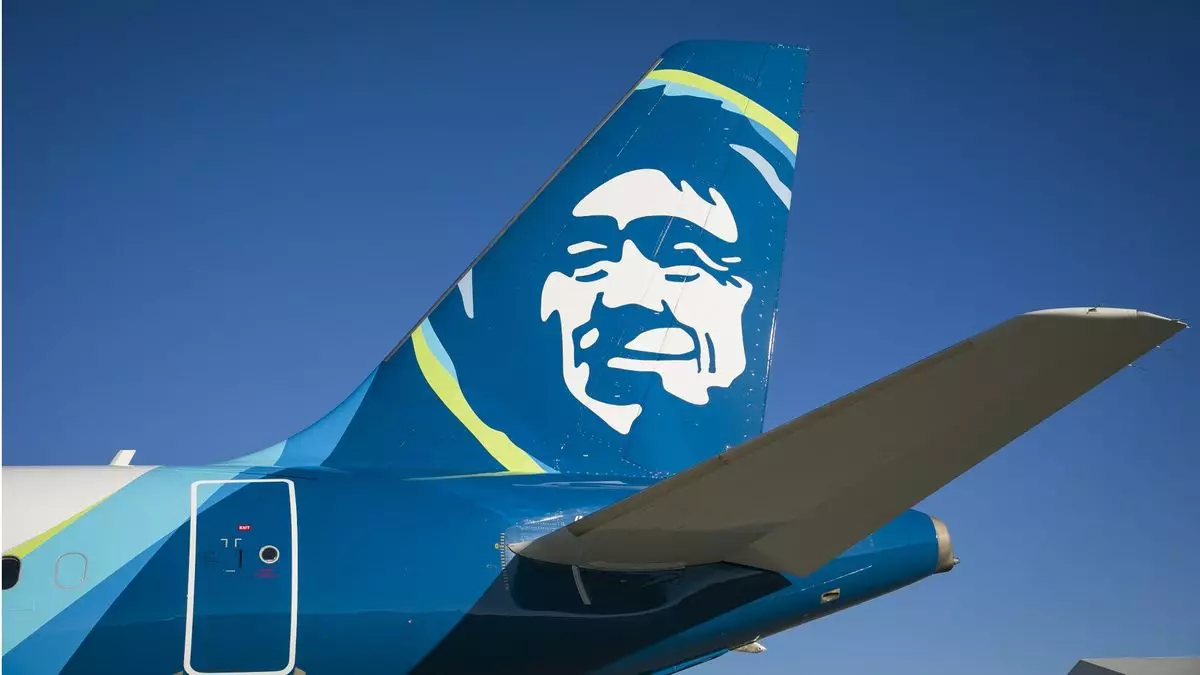In a notable shift in strategy, Alaska Airlines is reevaluating its presence at Washington Dulles International Airport by suspending service on two significant routes. The decision to cut flights between San Francisco and Washington Dulles as well as Los Angeles and Dulles comes in the wake of diminishing demand attributed to “economic uncertainty and a decrease in government-related travel.” This move highlights the airline’s proactive approach to navigating an ever-evolving travel landscape rather than sticking to routes that no longer promise profitability.
Market Dynamics and External Factors
The landscape of air travel is shaped by multiple external influences, including economic conditions, consumer behavior, and competition. The recent downturn in passenger numbers on these routes suggests that Alaska Airlines is not merely reacting to immediate trends but is carefully monitoring the broader market environment. With factors like government budgets tightening and more individuals working remotely, particularly in sectors that historically rely on air travel, the decrease in demand is unsurprising. Alaska Airlines’ move underscores the importance of adaptability in a market where fluctuating demand can dramatically alter route viability.
A Comparison of Competitive Pressures
Alaska Airlines’ struggles with competing airlines such as United and American serve to further explain its route suspensions. When a market is saturated with established competitors offering frequent flights, smaller airlines must critically assess their capacity to maintain a foothold. The cessation of the San Francisco-Chicago O’Hare route is particularly telling, as it illustrates how operating fewer frequencies in a challenging market can lead to financial stress. The fact that Alaska has opted to step back rather than lose money on these routes speaks to a degree of strategic prudence often overlooked in discussions about airline profitability.
Future Connections: What Remains
While the suspension of certain routes might paint a picture of retreat, it’s essential to recognize the areas where Alaska Airlines is choosing to maintain its focus. The continuation of daily flights from San Francisco and Los Angeles to Washington Reagan National Airport—as well as sustained service between Dulles and cities like Seattle and San Diego—demonstrates the airline’s commitment to routes that promise a better return on investment. This dual strategy of cutting back in some areas while bolstering others could well position Alaska Airlines for future growth as it navigates the post-pandemic recovery phase.
A Look Ahead: Opportunities from Change
The changes at Alaska Airlines also present an opportunity for the carrier to reassess and refine its operational strategies. As it ceases its flights to less viable markets, the airline may concentrate resources on enhancing the customer experience in its remaining routes. This pivot can lead to improvements in service quality, scheduling efficiency, and ultimately, customer satisfaction. Alaska Airlines is clearly signaling its intent to optimize rather than operate on autopilot, a move that can foster loyalty among its frequent flyers amidst a challenging climate. By aligning its offerings with current traveler needs, Alaska Airlines demonstrates that it is not merely a casualty of external pressures but an active participant in shaping its own future.


Leave a Reply